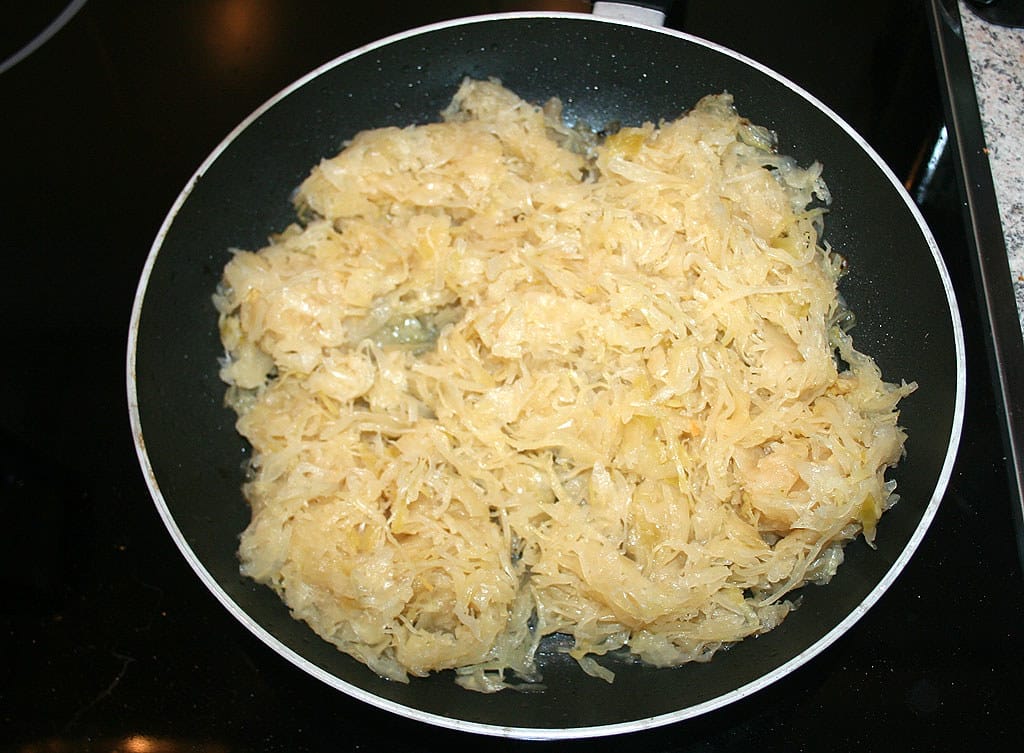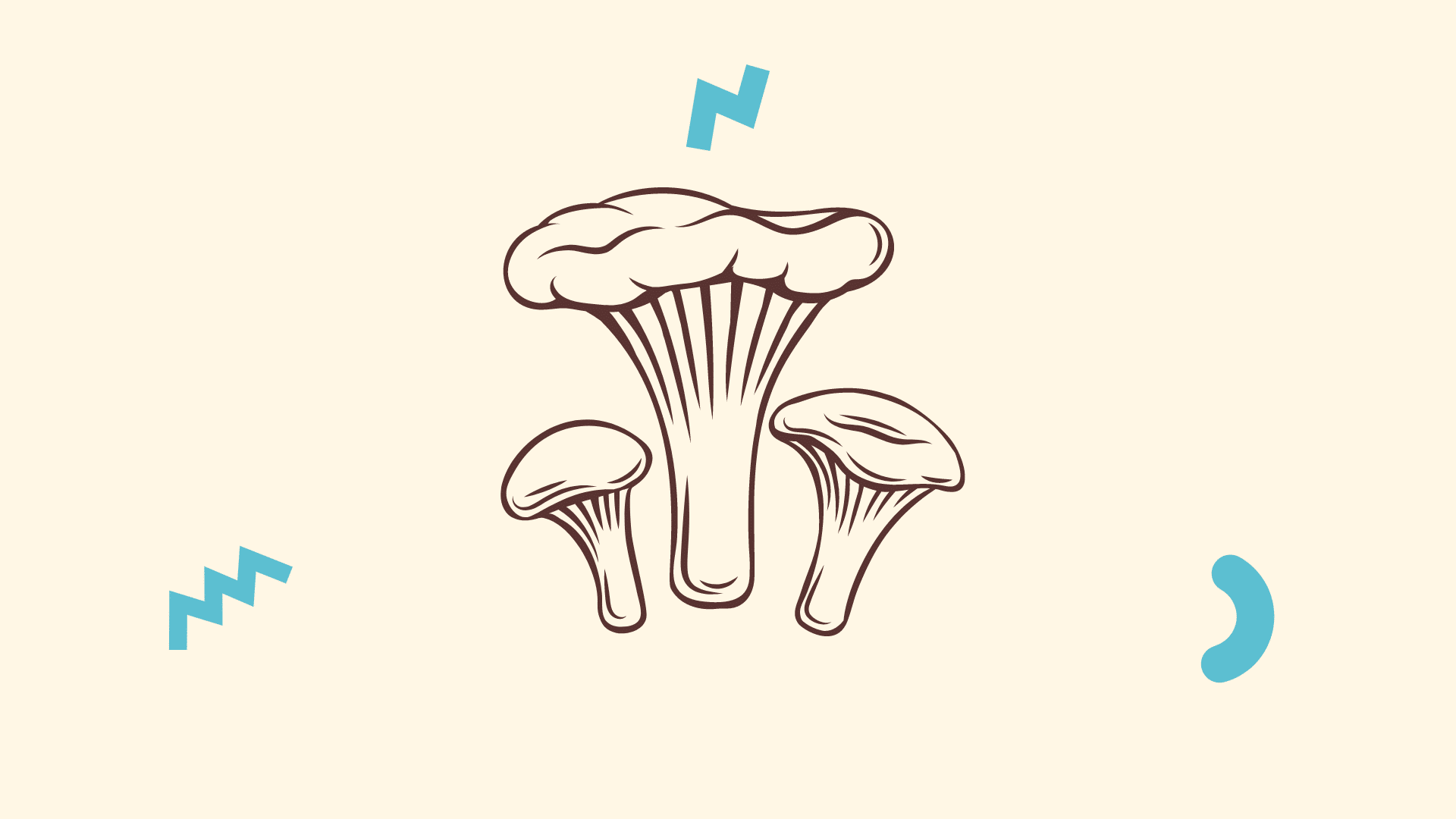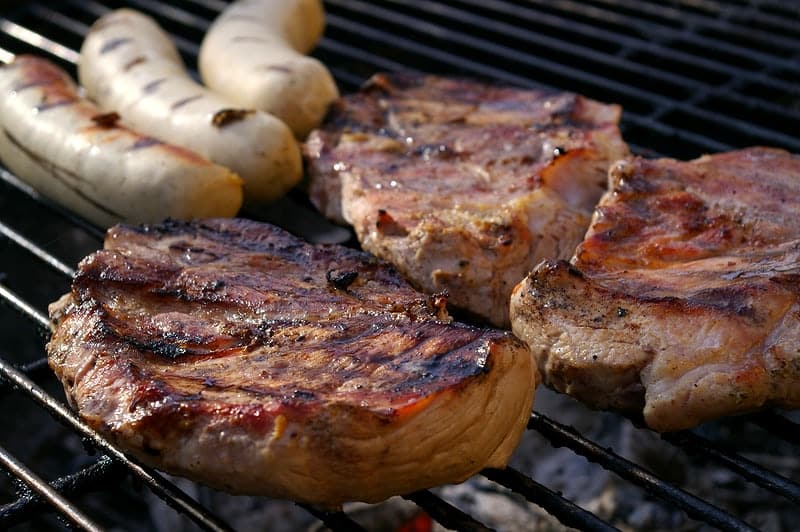- Air Fryer Carrots and Potatoes - December 27, 2025
- Air Fryer Salt and Vinegar Wings - December 27, 2025
- Tyson Chicken Nuggets in an Air Fryer - December 27, 2025
Diving into cast iron cookware unlocks a whole new world of flavor and fun in the kitchen. Taking care of these pans stops rust and keeps every bite tasting awesome. Seasoning is the trick that makes cast iron tough and last forever. A little oil and heat turn these pans into real kitchen heroes. Cast iron has been around for over 2,000 years—imagine the stories these pans could share! Cleaning them without soap keeps their special power alive. If cooking with cast iron sounds exciting, learning these tips will turn anyone into a true cast iron pro. Keep reading to uncover secrets that make every meal stick in your memory.
Here’s how cast iron is different from other types of cookware:
- Cast iron needs application of a film of oil (called seasoning) before you use it for the first time to prevent food from sticking to it
- When stored, cast iron needs to be dry to prevent rusting
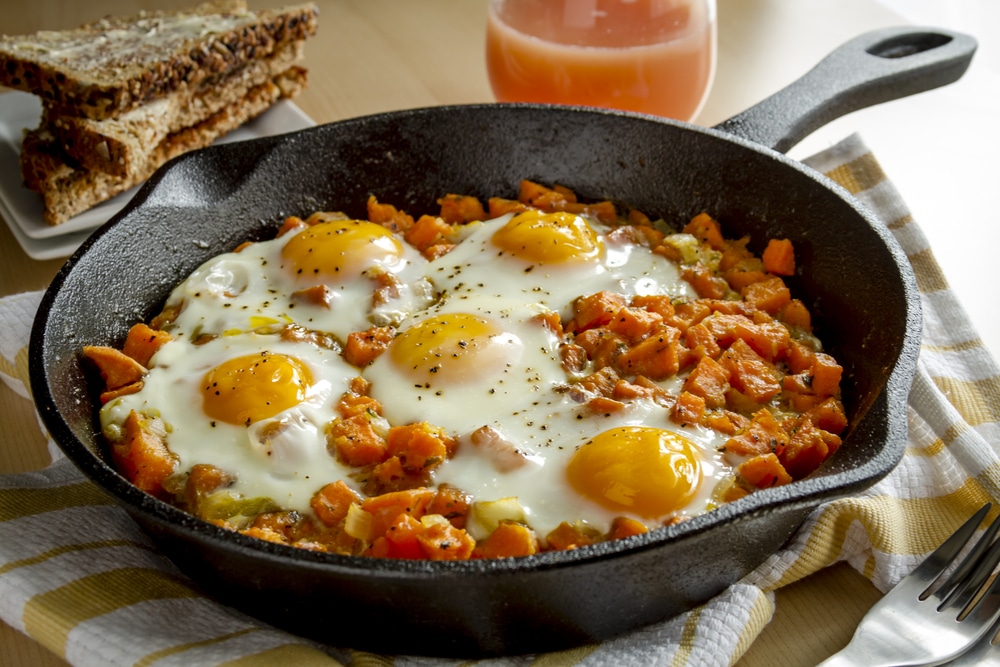
Seasoning a Cast Iron skillet
Seasoning works like a non-stick coating and provides extra flavor.
To season your skillet, follow these steps:
- Preheat your oven to a temperature to 150-200F. You should fine tune the temperature until your oven gives proper heat.
- Once pre-heated, put your skillet in the oven for 15 minutes. Take it out.
- Wipe your vegetable oil of choice on the skillet.
- Using a towel, wipe your skillet to leave a thin film of oil on the inside. Wipe every single excess of oil. Your skillet should not be wet, it should simply be shiny.
- Put your skillet in the oven and set your oven at a temperature of 200-250F. Leave the skillet in for 20 minutes, from the time your oven starts preheating.
- Take your skillet out.
- Wipe the skillet with the towels again until you remove the oil spots.
- Finally, put your skillet in the oven. Set your oven to a temperature between 300F and 400F. Leave the skillet in for 20 minutes again.
Cleaning a Cast Iron Skillet
Best advice is to use a plastic scraper or some salt on a sponge. Don’t worry, this does not ruin the seasoning.
Some people also prefer chainmail scrubbers.
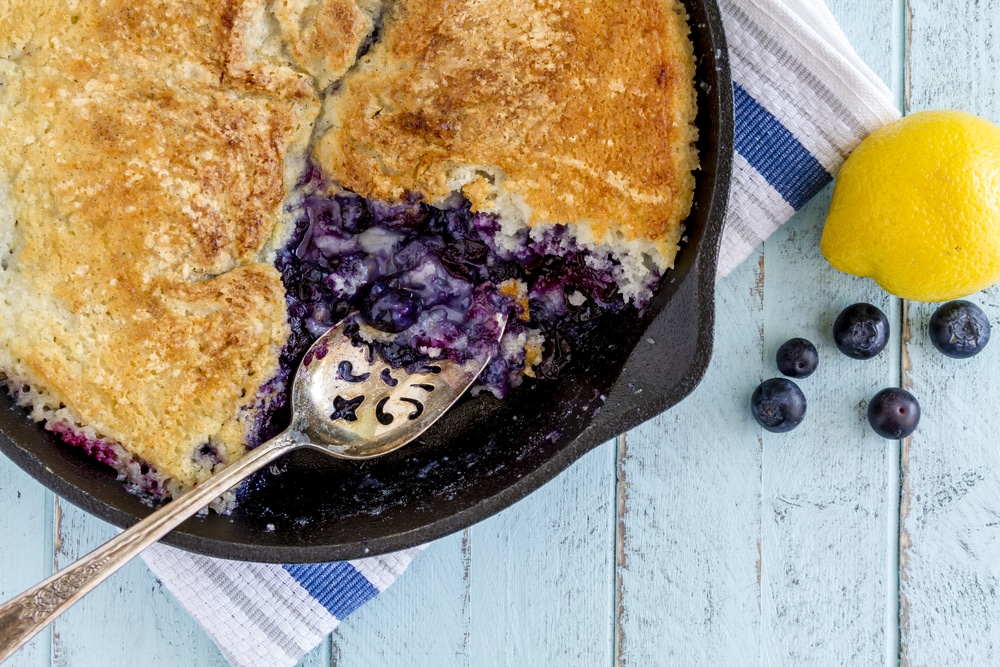
Storing a Cast Iron skillet
Any dry place is fine.
Make sure that the skillet is completely dry, or it will rust.
Leave it on the burner for a couple of minutes.
If necessary, pad dry with a paper towel.
Common Myths About Caring for Cast Iron
- Myth 1: You cannot use soap
This is an old myth based on chemicals that soap used to contain many years ago.
There is no reason not to use modern dish soap as it is much milder.
- Myth 2: You shouldn’t scrape cast iron
You cannot really damage cast iron with a scraper like you can teflon.
Plastic scraper or some salt on a sponge is fine.
Extra Tips
- Preheat it over low to medium heat before adding oil and ingredients.
- Use tongs to place food in a hot skillet.
- Don’t move food around too much. Leave to cook evenly before flipping.
- Wash your skillet soon after use to avoid getting food stuck in the bottom.
- Once the skillet is cold, clean it using a soft cloth under warm running water.
Hope this helps!
Love,
G.
